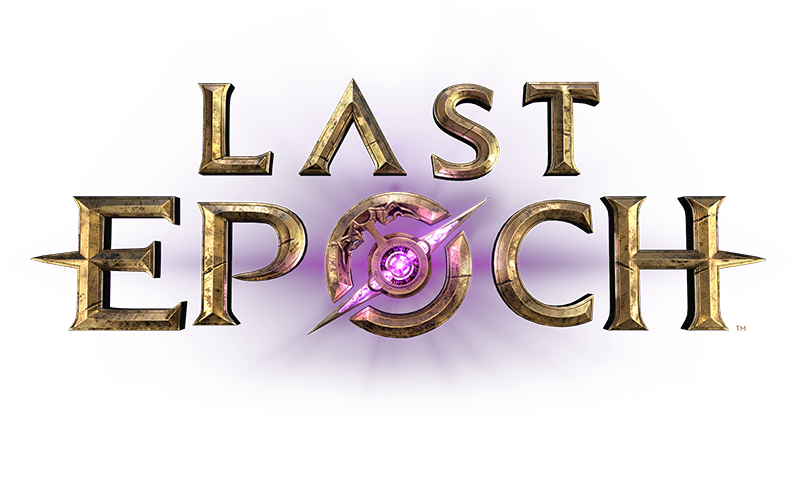You were right about my caculator being off; it should have been a function of the Target’s REHP instead. That should fix that problem.
Now about diminishing returns. You misunderstand.
Damage reduction is used to calculate Effective Hit Points. This is an abstract value used to tell you how “effectively” tanky you are. This is calculated by dividing your real base health pool by the inverse of your mitigation. This is: (if you treat HP as = 1, then your result is a percentage as a relationship to HP)
HP / (1 - DR)
For simple approximations:
10% DR is +11% EHP, difference of 1%, total EHP 111%.
25% DR is +33% EHP, difference of 8%, total EHP 133%.
33% DR is +50% EHP, difference of 17%, total EHP 150%.
50% DR is +100% EHP, difference of 50%, total EHP 200%.
66% DR is +200% EHP, difference of 137%, total EHP of 300%.
75% DR is +300% EHP, difference of 225%, total EHP of 400%.
If you are paying attention you’ll notice that EHP increases faster with less percentage mitigation each time. This is exponential. You even notice this when you elaborate on Warframe’s formula.
The part that is linear is that for each 1 point of armour/resistance, it gives you the same amount of EHP as the last point. That is the important part.
For example: If you have 100 HP and go from any number of armour to 1 more than that, you will have gained 1 EHP against physical attacks. This is true for every point of armour you add. This is linear. Even if by increasing your armour the actual percentage increases slower. It does not actually reduce the effectiveness of armour the more you have. This is the illusion. The part where diminishing returns is not real. This is proven by the math that determines EHP. Going from 1% to 2% is not linear. It is exponential.
This is true even in formulas that other games use. Let’s say the formula is Armour / (|Armour| + 100). Very similar to other games where your armour value effectiveness is not effected by your health pool. Each point of armour has the same value, but increases in value if your health goes up. Unlike Last Epoch where armour maintains it’s value regardless of your health pool.
For example: If you have 100 HP and add 1 armour you gain 1 EHP vs physical. If you have 200 HP and add 1 armour you gain 2 EHP vs physical for each point instead. This is constant so long as your HP remains the same. Even if the actual percentage decreases.
You said you basically don’t believe how the damage reduction works in Last Epoch. It tells you exactly, and I have even updated the formula on the wiki. It is Armour / (|Armour| + Health Pool). If you use a calculator you can even prove that no matter your Health Pool, each point of armour is always worth 1 EHP.
I don’t know what else to tell you. The math proves the rest.
If we’re still comparing the effectiveness of penetration vs damage increases I can make a more detailed example but I’d like references from someone’s character or the example won’t be that realistic. (All passives and gear. I’m not afraid to do the math manually to make an example.)
Edit: Bonus math to better demonstrate how the illusion of diminishing returns work:
Elaborating on how EHP is calculated: you have HP / (1 - DR) as the base. Let’s pick an arbitrary amount like 5% DR. That would be HP / (1 - 0.05). How do you calculate this if you have 2 instances of 5% DR? 10%? No.
The inverse of an amount of damage mitigated is the amount of damage taken. 5% DR is therefore 95% damage taken. Pretty simple. So what do you do when you have two instances?
It is definitely not addition. As I have already stated each 1% is worth more than the last. So adding them will result in an exponential increase in EHP. So how? If you try multiplying straight up you will have reduced it. (5% * 5% is 0.05 * 0.05 = 0.0025 or 0.25% so that can’t be right.)
You do it by multiplying the inverses of each DR (so multiplying the damage takens), to get a new result of how much damage you take. You can then invert this for your new DR.
(1 - 5%) * (1 - 5%) = 90.25% damge taken or 9.75% DR. This is explained by saying you take 5% less, then you take 5% less of what that result was.
9.75% is the equivalent of 2 sources of 5% DR.
The reason this is, is because the closer you get to 100% the closer to invulnerable you get. You cannot actually reach 100% however. 100% would be infinite EHP. The reason that each percentage is worth more than the last is because reaching 100% is infinite.
This is literally the reason these formulas exist. To prevent you from reaching invulnerability.
Another good example is this one:
If you take 50% less damage it takes twice as many hits to kill you. As in you have double your EHP. If you take 50% less damage again, you double your EHP again.
That can’t be 100% because 100% is invulnerability, or infinite EHP. The real result is 75% DR. This results in quadruple EHP, or double double EHP. You can demonstrate this result yourself with the math provided, and if you keep going you will never reach 100% unless you round.

